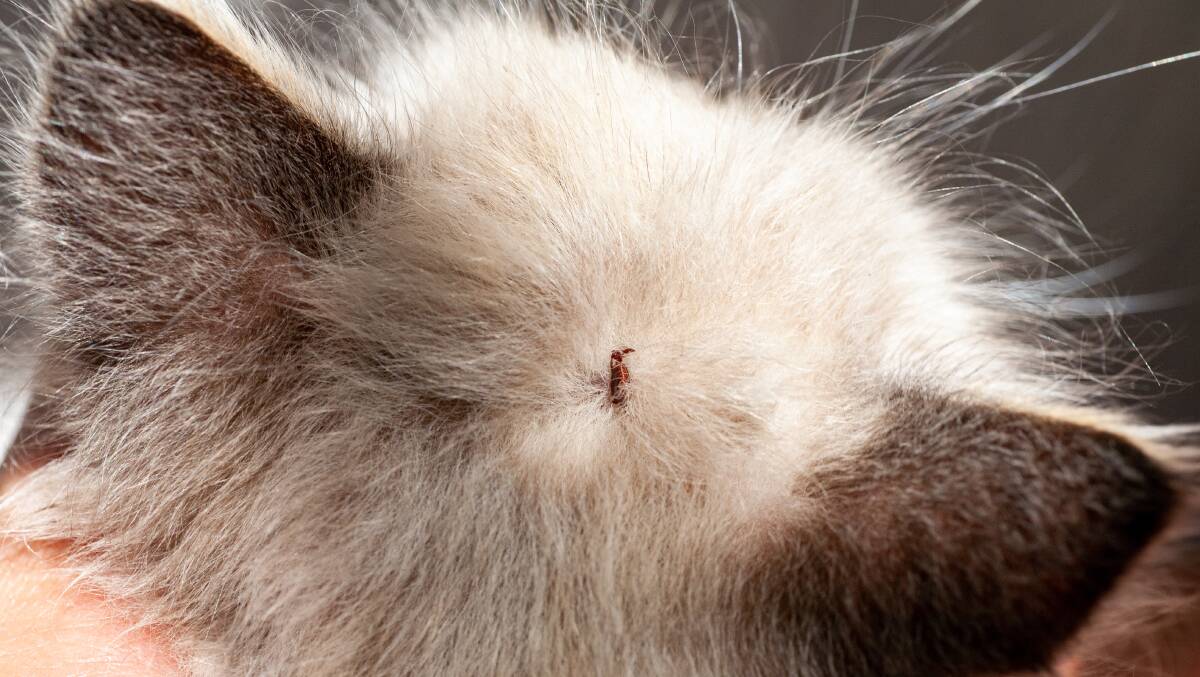
As a young vet in Gosford fifty years ago, I saw many summer cases of paralysis tick poisonings in dogs and cats. These are often fatal if not treated in time with expensive antitoxin. Even earlier, as a kid in Cammeray, I'd been bedridden for a week myself from tick poisoning after playing in the bush - my mother found the fully engorged tick behind my ear.
Subscribe now for unlimited access.
$0/
(min cost $0)
or signup to continue reading
In the 1960s, paralysis ticks were only found as far south as the Sydney Harbour Bridge - but now they are along Australia's east coast right down to Bairnsdale in Victoria. There are more ticks around Brisbane and further north as well, due to warmer, wetter summers. Like other disease-transmitting insects, the ticks know the climate is changing and are on the move.
Anyone living or holidaying by this much wider coastal range should protect their pets and other livestock by checking them for ticks and getting veterinary advice on preventive treatments like collars - just one small example of adapting to combat the many impacts of climate change and worsening weather on our animals.
When I started out, heat stress around Sydney was a rarity - now both pet and livestock owners need to plan for expected heat waves across most of Australia, providing cool or shady areas and plenty of water access. Walking dogs on asphalt on hot days may now burn their paws - unthinkable years ago.
Shade provision is now essential for feedlot and dairy cattle across a growing area of Australia.
Bushfires and floods have increased massively in severity, with records broken often. Residents' evacuation plans must include their animals, to reduce the heartbreaking losses we saw in the 2019-20 Black Summer fires.
But we can't evacuate the billions of native animals like koalas at risk of perishing.
We must look at the bigger picture too.
Overwhelmingly, we must urgently stop driving further climate change. We have to get our governments to implement bold policies, targets and incentives to cut greenhouse gas emissions, replace fossil fuels with renewable energy sources, and remove CO2 from the atmosphere, storing it as stable carbon in soil and vegetation.
MORE OPINION:
Major economic opportunities and 'jobs of the future' beckon if we embrace this path. The alternative is too dismal to contemplate.
Climate change is endangering the health of our beloved pets, livestock and wildlife. Science says we need to reduce greenhouse gas emissions by 75 per cent by 2030 to reduce risks of irreversible climate tipping points.
Australia is a land of opportunity, and we have the resilience and ability to lead the world in response to these challenges.
- Dr Helen Scott-Orr AM PSM worked in veterinary practice and research in Australia, England and Indonesia, later becoming NSW chief veterinary officer and Australia's inaugural inspector-general of biosecurity. She is now on the board of Veterinarians for Climate Action and lives near Orange, NSW.

